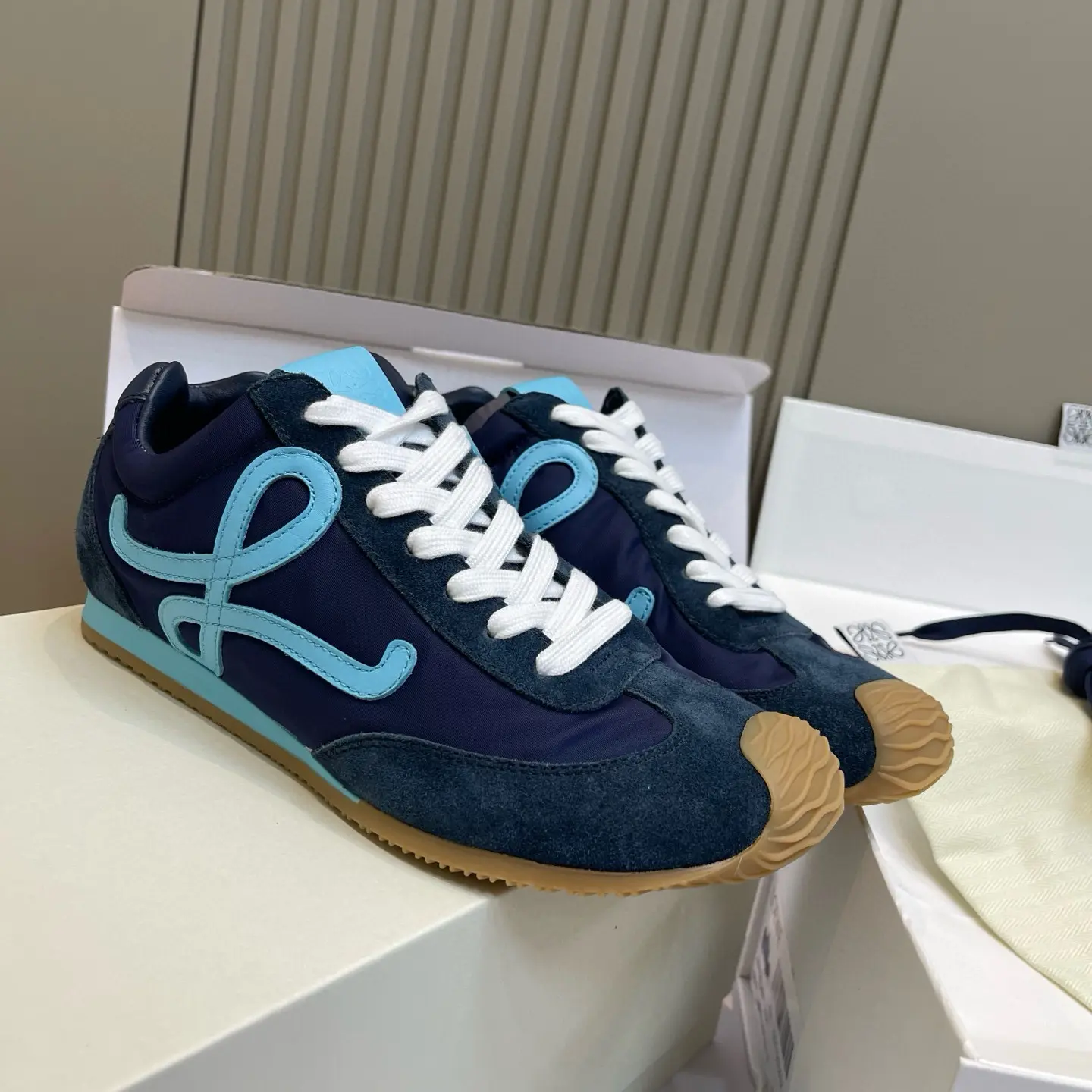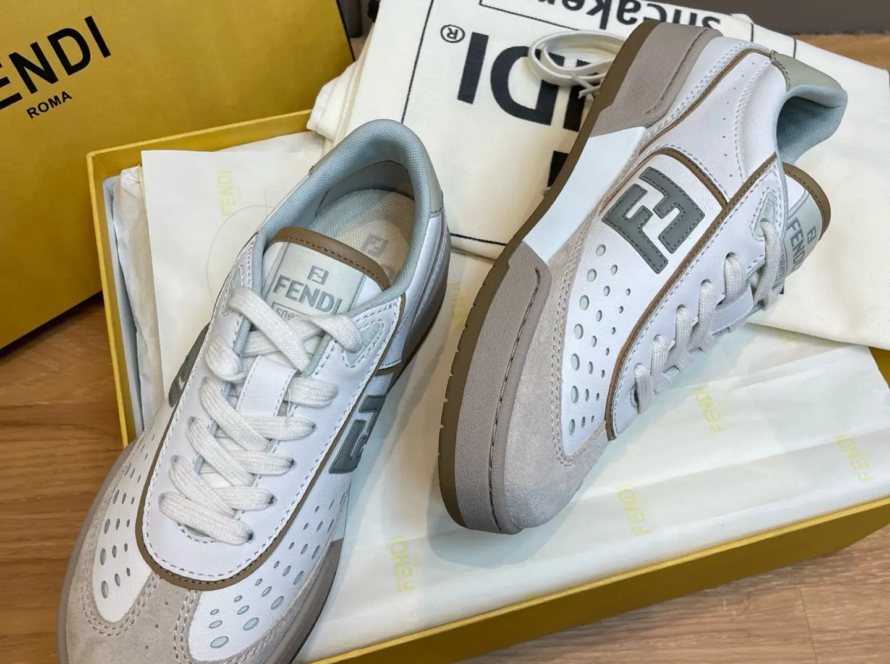
The epitome of tailor sovereignty: What makes municipal shoes a silent conqueror of luxury footwear
In the rare air of premium footwear, a realm dominated by the legendary Maisons, the name resonates with the intensity of quiet in a keen connoisseur: Municipal shoes. Instead of stimulating the brand with billboards or influencer movements, Municipal has cultivated a grand aura that attracts those who like luxury to whisper rather than yell. For collectors of objet d’Art disguised as footwear, and customers who demand souls in purchases, this is not only a label, but also a craft declaration.
1. Legacy and Avant-garde Alchemy: Philosophy of Carving in Leather
Municipal identity is fixed in the paradox: respecting the century-old European footwear manufacturing tradition with fearless modern aesthetic interrogation. Unlike the houses on the archives, their design evokes memory No imitation – a monk belt with an asymmetric buckle; a loose profile extending into the building fluidity; Chelsea boots reinvented with a skeleton-sewn panel, revealing traces of the manufacturer’s fingerprint. Each pair is the most in line, with legacy scripts being overwritten by contemporary syntax.
2. Seminar: Time bent over and reached to the craftsman’s hand
Atelier Visits (specially for custom customers) Why municipalities violate industrial logic. During the seminar in Florence, Master Tapier Age leather was performed on the humidity-controlled dome for 24 months before cutting. The exoskeleton has 8 hours of agate stone polishing to achieve a glass-like bronze color. The welding structure adopts the “3+1” needle method – three visible lines of the structure, one hidden secret line – a technology is pioneered here. Each craftsman completes only 1.5 pairs per week; for custom orders, the schedule is extended to 18 months. This is not inefficient, it is temporary alchemy.
3. Material Witchcraft: Going beyond exoticism and entering eclecticism
Municipal vaults are house leather that ignore taxonomies:
- "Fossil calf": The tanned skin of vegetables buried in alpine clay for a year has appeared.
- "Meteorite crocodile": Inject crushed iron meteorite particles to form the surface of the star.
- "Bio-structured silk": Silk yarn recovered from 19th century church costumes and was rewoven into lining.
For the FW24 series, they collaborated with Swiss Biolab Mycelium leather Imitation of extinct galápagos turtle shells – exotica sold through auction price is 12,000 euros.
4. Custom: Symphony of the Body and the Soul
The municipal custom service (€25,000 – €65,000) is not measured, but dialogue. one "Foot psychologist" Interview clients about gait imbalances, stress points of old injuries, and even emotional connections to certain shades. Three-dimensional pressure mapping and infrared thermal imaging produce biometric blueprints. The last one was carved from ethically sourced Blackwood, tweaked by 8 pieces of accessories. Customers choose leather from "file"- A climate-controlled library of over 3,000 skins. A customer commissioned a sole to inlay with the ashes of grandfather’s violin to play while the craftsman was working.
5. Sustainability as a covenant, not a campaign
Avoid performances "Green" Marketing, the responsibility of municipal engineers is at its core:
- Leather traceability: Each hidden in the ranch "Cow #738, on the Svanninge Hills in Denmark, Diet: Ranch of Organic Ryegrass").
- Water recycling: 97% of the water used in water purified with water was purified with reed beds.
- Heirloom Plan: Repurchase and renovation services to restore shoes "Better than the original" Conditions for using the original workshop method.
Conclusion: It’s not shoes, the complexity of feet
Municipal shoes exist on the axis of art and anthropology. They cater not only to the wealthy, but to those who see footwear as cultural artifacts – the era capsule of human creativity. In an era of disposable luxury goods, municipal creation requires inheritance, research and mythology. Wearing them is walking in a masterpiece that goes beyond the seasons, even generations.
FAQ: The Mystery of Decoding Municipal Shoes
Question 1: Why does the customization process take more than 18 months?
one: In addition to physical engraving of the end and leather, the municipal government includes "Seasonal rest period" Material pressure can be prevented when unfinished shoes adapt to environmental conditions – exercises borrowed from making retro violins.
Q2: Are municipal shoes resold?
one: Yes, but it’s unique. Pre-owned pairs (seldom listed) are often appreciated due to deactivated technology/materials. Brand Heirloom Identity Verification Service proof source, improve secondary market value.
Q3: How to maintain bronze color?
one: Municipality provides climate control for customers "Shoe dome" and proprietary balms for specific leather types. A brush embedded in jeweler’s rouge is used to polish the raw skin of meteorites.
Question 4: Do they meet orthopedic needs?
one: Absolutely. Customized committees often embed medical-grade orthotic support into designs with caution, proving that aesthetics and ergonomics are not mutually exclusive.
Q5: Why are there no retailers?
one: transparency. Municipality sees as luxury goods rooted in the environment. Direct customer relationships ensure that third-party retailers do not dilute craft narratives.
Question 6: What defines astronomical pricing?
one: In addition to materials and labor, consider R&D costs (e.g., silk that costs 2.3 million euros to develop biological structures) and scarcity – only 427 pairs produced each year.
Q7: Is customization infinite?
one: Within the moral sphere. Exotic leather must comply with citations; there are no endangered species. A request for uranium glass heels was politely rejected.
The serious collector’s inquiry may be targeted at Municipal’s private client sector – naturally writing the answers in Calfskin Vellum.





